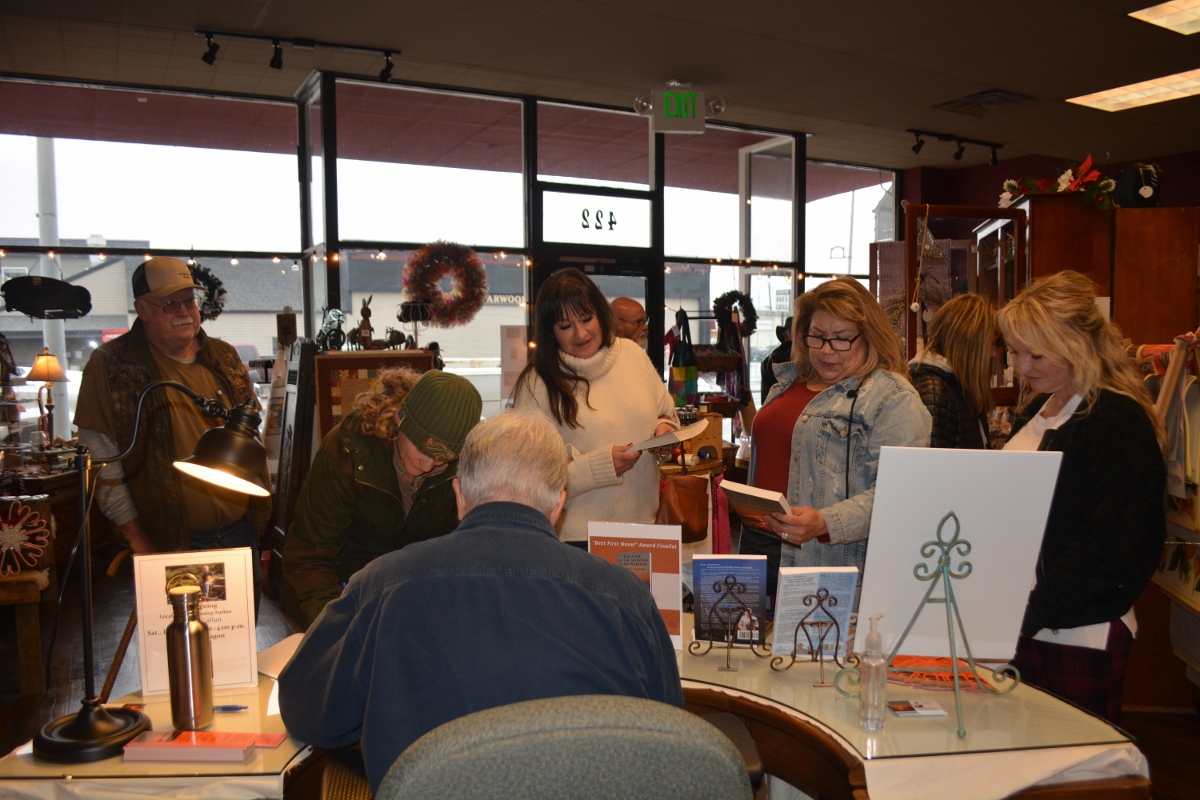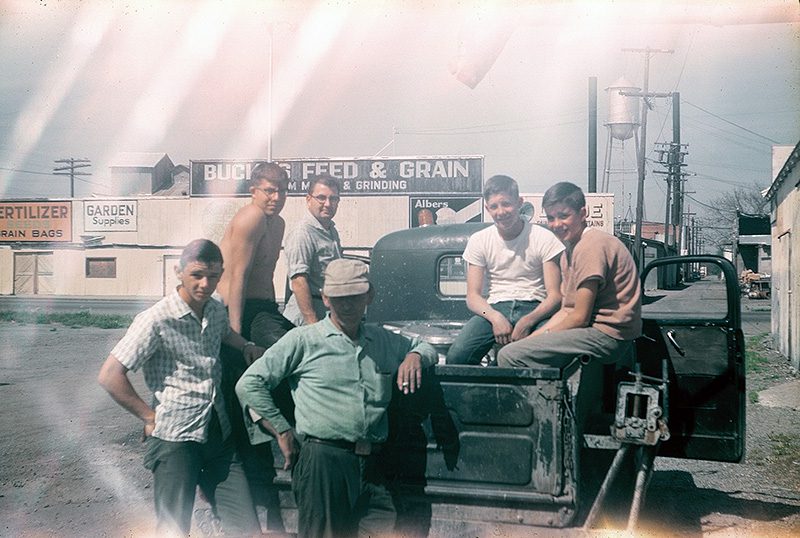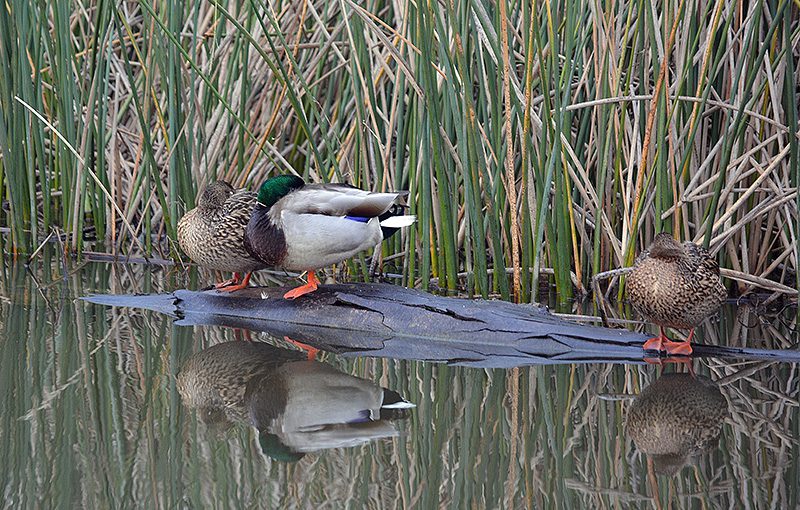Tag: Orland
December 11, 2022
Kathy and I had a ball at last Saturday’s book signing in Orland. The Rusty Wagon’s friendly staff couldn’t have been more gracious. Many wonderful…
February 24, 2019
Just like in the Statler Brothers’ song, the Orland High School Class of ‘66 had its dreams. In June of 1966, all 138 of us…
December 2, 2016
Out of beer and three sheets to the wind, the three deer poachers turned west on Newville Road and headed northeast toward Paskenta. Rounding the…
September 4, 2016
I’ve often said that the reason I enjoyed the old Andy Griffith Show so much was because I practically grew up there. Growing up in…
August 12, 2016
I have to admit that I was more than a little apprehensive about my upcoming Orland High School class reunion. I hadn’t seen most of…
July 31, 2016
Writing the chapter “The Road to Plaskett Meadows” in my sequel, The Game Warden’s Son, was a trip down Memory Lane for me. In it,…
January 15, 2016
“Dad, can I go with you?” I pleaded. “There’s no school tomorrow.” I enjoyed riding on patrol, weekends and sometimes after school—whenever I didn’t have…
January 3, 2014
While working on a sequel to Badges, Bears, and Eagles, I recently returned to my old stomping grounds near Orland, California, and the ghost town…








